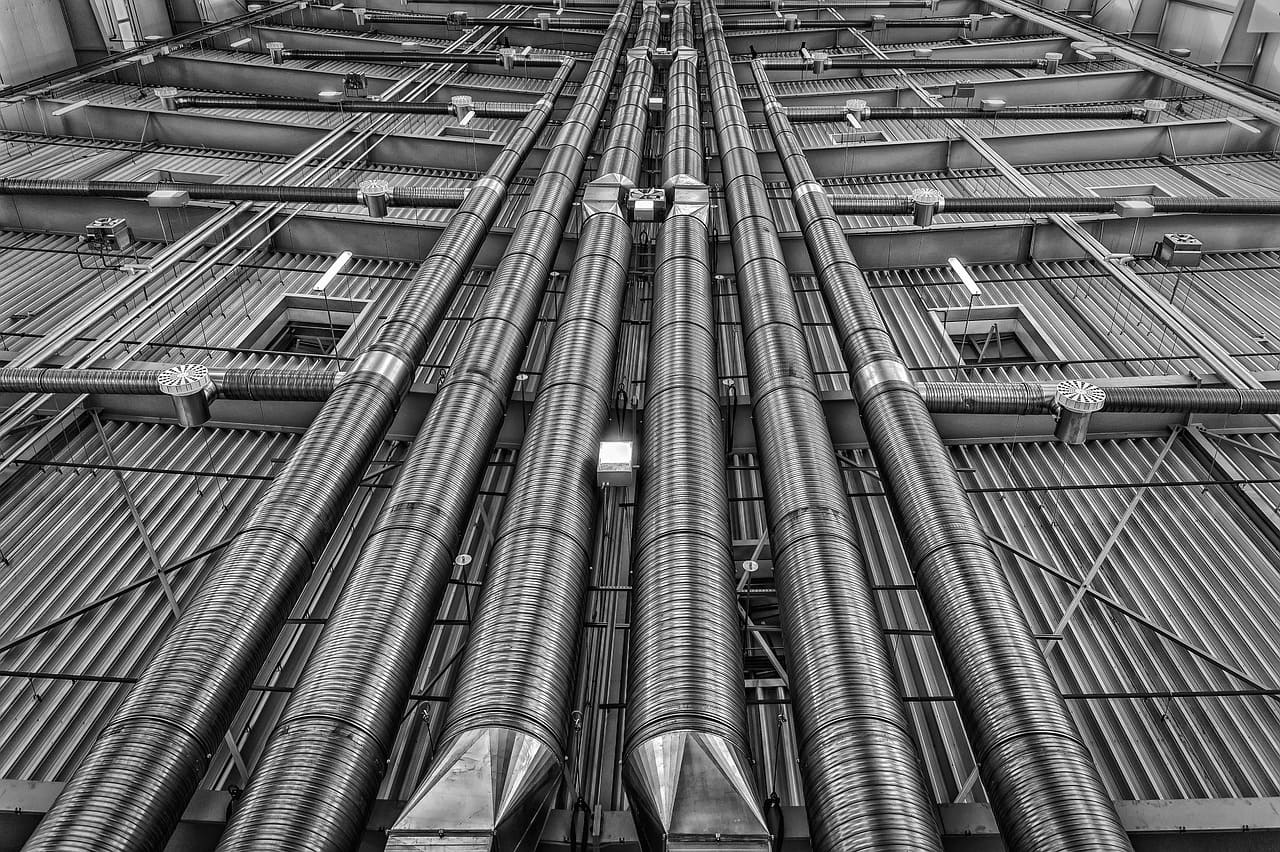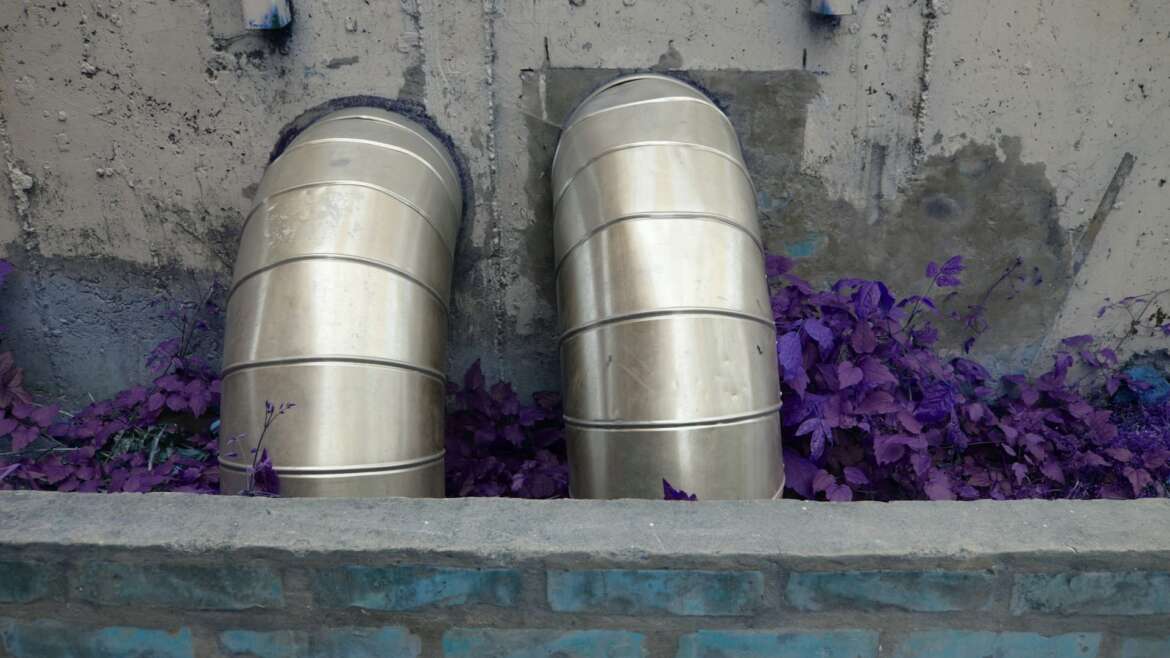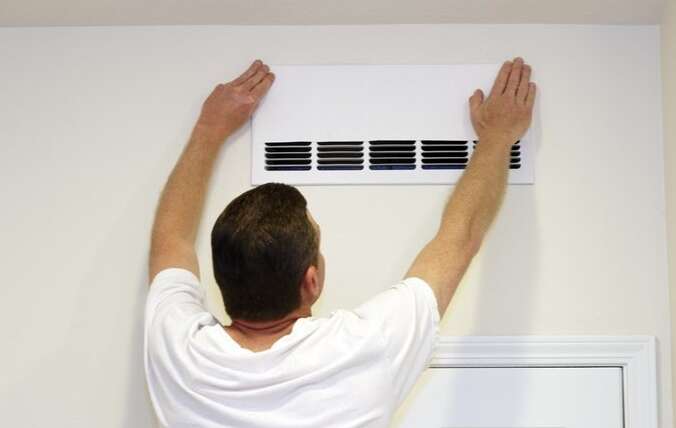
Mold in air ducts is a silent threat that can compromise indoor air quality and aggravate health conditions, especially allergies and respiratory issues. For homeowners and facility managers, prevention is far more efficient than remediation. This is where air duct coatings come into play.
Specialized coatings, particularly those designed with antimicrobial properties, offer a layer of protection that inhibits mold growth. But how effective are they? And when should you consider applying one?
Why Mold Grows in Air Ducts
Air ducts provide the perfect environment for mold when three elements are present: moisture, warmth, and organic particles. These conditions often arise from high humidity, condensation, or clogged filters. Once spores settle inside the duct walls, they can quickly spread throughout the system and into the air you breathe.
While regular maintenance plays a key role, addressing mold at its source requires proactive protection. That’s where anti mold duct coating solutions make a difference.
What Are Air Duct Coatings?
Air duct coatings are sealant-like materials applied to the interior surfaces of ductwork. These coatings can serve multiple purposes:
- Sealing porous or damaged surfaces
- Improving insulation and airflow
- Acting as a barrier against microbial growth
Certain formulas include antimicrobial agents that specifically target fungal and bacterial contamination, making them an ideal tool for mold prevention in air ducts.
Types of Duct Coatings:
- Acrylic-Based Coatings – Flexible and cost-effective, often used for commercial ductwork.
- Fibrous Duct Sealants – Better suited for repairing insulation but may support microbial growth if not treated.
- Antimicrobial Coatings – The most relevant to mold control, these inhibit spore colonization on duct surfaces.
Proper surface preparation and moisture control are essential for coating effectiveness. If ducts are already contaminated, HVAC mold removal must precede any application.
Can Duct Coating Prevent Mold Effectively?
Yes—when applied correctly, antimicrobial duct coatings provide long-lasting air duct mold protection. These coatings work by altering the surface chemistry so that mold spores cannot adhere or thrive. Over time, this reduces the chance of colony formation, even in moisture-prone areas.
However, their success depends on several factors:
- The condition of the ductwork before coating
- The presence of residual moisture
- Quality and formulation of the coating
- Proper ventilation and air filtration
Without resolving underlying moisture issues, even the best anti mold duct coating can only offer temporary relief. That’s why professionals often pair coating applications with ventilation upgrades or HVAC sanitizing to ensure comprehensive prevention.

When Should You Use Air Duct Coatings?
Here are scenarios when applying a duct coating is most beneficial:
- After Mold Remediation: Post-removal, applying a mold-resistant coating prevents recurrence in high-risk areas.
- In Humid Climates: Homes or buildings located in areas with persistent humidity benefit significantly from this extra layer of defense.
- For Aging Duct Systems: Older ductwork made from fiberglass or metal can develop porous surfaces that harbor spores. Coating seals these vulnerabilities.
- During Renovations or System Upgrades: Coating ducts during upgrades allows for easy application without disrupting existing systems.
If your HVAC system frequently produces musty odors or triggers allergic reactions despite filter changes, it may be time to consider a deeper inspection and long-term mold protection strategy.
Complementary Mold Prevention Strategies
While coatings are a solid defense, they work best as part of a layered approach. Here are several supporting steps to enhance their impact:
- Moisture Control. Eliminate standing water around HVAC units and insulate cold ducts to avoid condensation buildup. This reduces the chance of mold growth inside treated areas.
- Filter Upgrades. High-efficiency filters trap more particulates that can serve as mold food. Consider scheduling air filter replacements every 1–3 months depending on usage.
- UV Light Installation. For added protection, UV light systems can be installed inside the HVAC unit to neutralize spores before they enter ductwork. This is especially effective in systems that handle high humidity or operate in dark, cool environments.
- Professional Inspections. Periodic inspections can catch early signs of microbial activity or duct damage. If necessary, a full residential air duct cleaning can be performed before any coating is applied.
Pros and Cons of Anti Mold Duct Coatings
Pros:
- Reduces mold re-growth in treated ducts
- Enhances HVAC hygiene and indoor air quality
- Low-maintenance, long-term protection
- Can seal cracks or porous materials in older systems
Cons:
- Requires professional application for best results
- May be ineffective if moisture issues are not addressed
- Not a standalone solution—should be part of a broader strategy
Despite the limitations, when used strategically, duct coatings are a cost-effective tool in managing air quality risks. They help extend the clean condition of your ductwork and reduce reliance on frequent intensive cleaning.
Conclusion
So, can duct coating prevent mold? Yes—if applied in the right context and supported by smart HVAC practices. These coatings form a physical and chemical barrier that can significantly reduce the risk of microbial contamination in both residential and commercial systems.
For homes dealing with chronic mold issues, or located in high-moisture zones, mold-resistant air duct coatings provide peace of mind and better air quality. To maximize results, combine coating with targeted services such as HVAC sanitizing or UV light installation, based on system needs. Want to know if your system qualifies for protective coating? Reach out to Promaster for a full duct assessment and personalized mold prevention plan.



